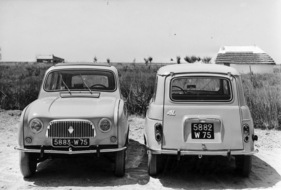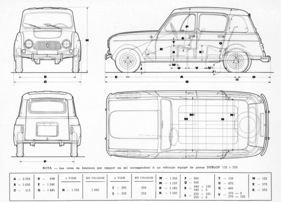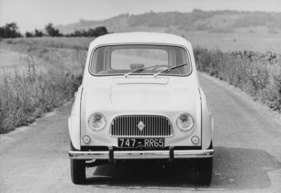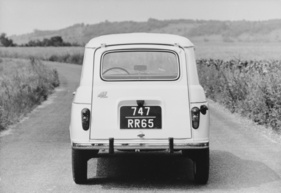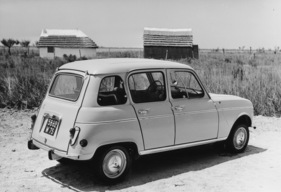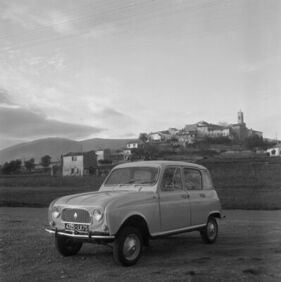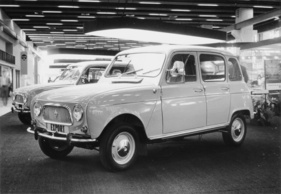Practical everyday car - Renault R 4 in the (historic) test
Summary
The R 4 combines practicality, economy and maximum comfort in its no-nonsense yet ugly body without compromise, which, combined with a robust and powerful engine, very soft suspension and a reduced but complete equipment package, earned it a reputation as a versatile utility car. This test report from July 1966 explains why the R 4 became the "most sensible car in Europe"
This article contains the following chapters
- Space on offer
- Equipment and operation
- Chassis
- Engine and gearbox
- Conclusion
- Technical data and measurements
Estimated reading time: 14min
Preview (beginning of the article)
Renault's advertising has to celebrate two weddings. On the one hand, it was promoting its conservative, rear-wheel-drive R 8 and R 10 Major models, and on the other, the modern front-wheel-drive R 4 and R 16. Although different in design principle, these cars were united by a basic idea that was so typically French in automotive engineering and was also becoming increasingly popular with German buyers: practicality, economy and maximum comfort for a precisely measured price limit. The R 4 combines these virtues in its no-nonsense yet ugly body without compromise, which, in conjunction with a robust and powerful engine, very soft suspension and a solid yet complete equipment package, has earned it a reputation as a versatile utility car. The fact that it has long been confirmed in our country as an undemanding everyday car is demonstrated by the used car market, where the R 4 is still a sought-after commodity despite having been on the market for five years.
Continue reading this article for free?
Photos of this article











